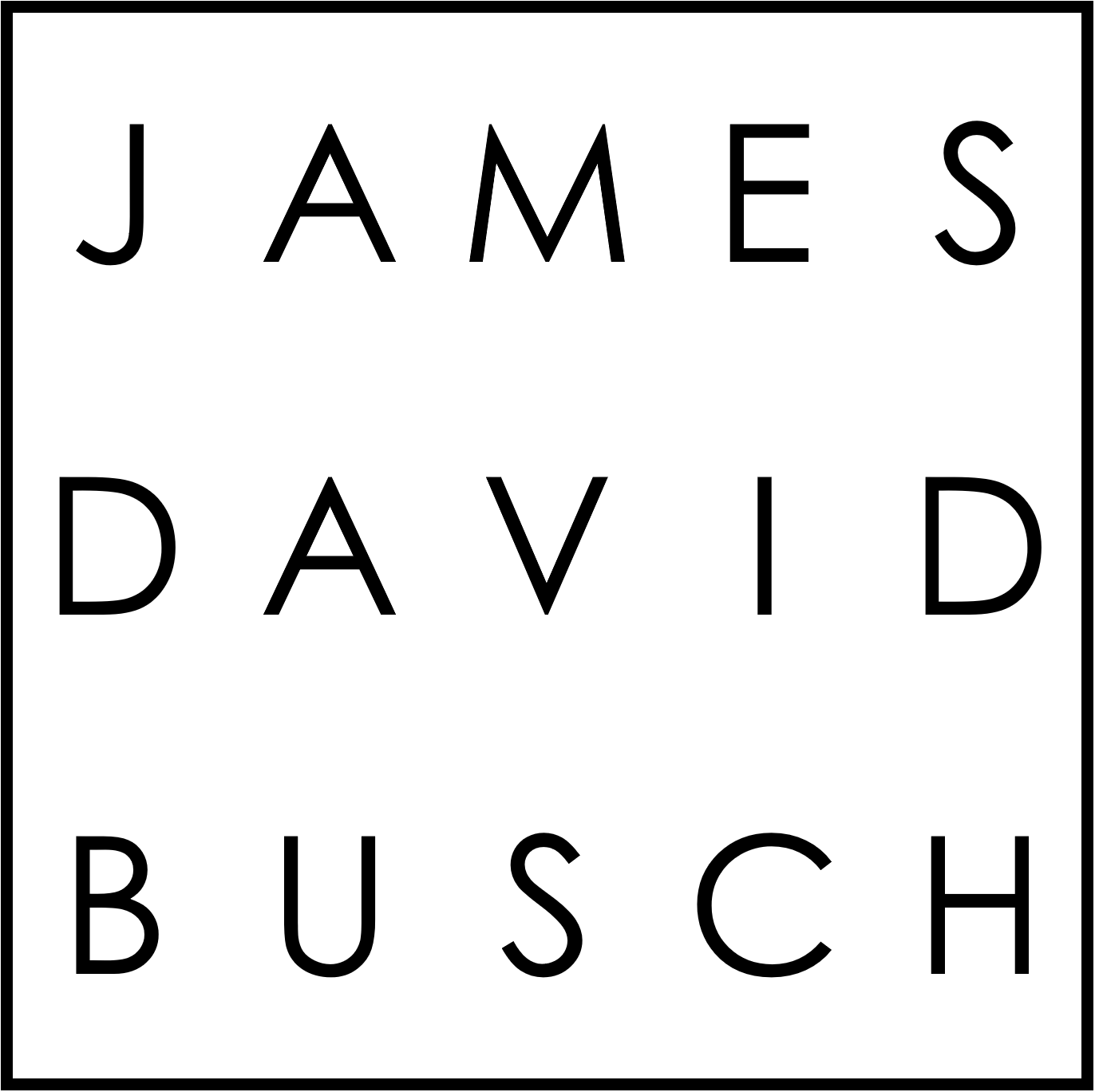Using Deep Neural Networks to Decide Whether to Copy Claims or File a Third-Party Submission
In my prior articles, I have discussed substantially copying claims, and third-party submissions. This raises the question, should you copy competitors claims, file a Third-Party Submission (3PS) (if the timing requirements of 35 USC 122(e)(1) are met), or do both? Deep neural network techniques can be utilized to help decide the best course of action.
Here is one process to help you decide between a 3PS and substantially copying a competitor's claims.
First, identify a competitor’s claims that post-date your specification, and that you believe your specification anticipates.
Using a deep neural network known art search, determine if you believe the claims would be patentable with your priority date based on the known art in your application and the known art competitor's application that predates your specification.
If yes, this weighs in favor of substantially copying the claims.
If no, this weighs in favor of merely filing a 3PS.
If the answer to the above question is "yes," then do a deep neural network unknown art search — based on a broad search (e.g., the same broad search used to discover the competitor’s application) but with a date range that limits the results to art that is prior to your priority date.
If the results indicate that the subject matter is not anticipated or obvious given your priority date, this weighs in favor of filing an application that substantially copies the competitor’s claims.
If the results indicate that the art is close to the claims, even with your earlier priority date, it weighs in favor of filing a 3PS against the competitor’s claims.
If you would like to explore this process further, contact JDB IP.




